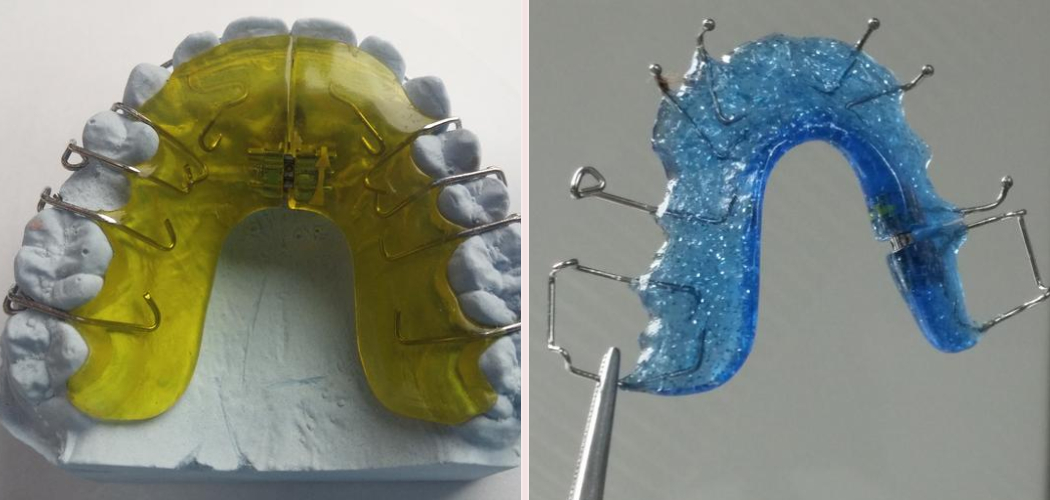8 Retainer Broken Wire Fixes

The frustration of dealing with a broken retainer wire is a common issue many orthodontic patients face. Whether it’s due to an accident, wear and tear, or simply the natural progression of orthodontic treatment, a broken wire can be a source of discomfort and concern. Fortunately, there are several fixes and temporary solutions that can help alleviate the issue until you can visit your orthodontist. Here, we’ll explore eight possible retainer broken wire fixes, focusing on both immediate relief and long-term solutions.
1. Orthodontic Wax: A Quick Fix
One of the most straightforward and readily available fixes for a broken retainer wire is orthodontic wax. This wax can be molded over the sharp edge of the broken wire to protect your mouth from further irritation and injury. It’s a temporary solution but can provide immediate relief. Orthodontic wax is usually available at pharmacies or can be provided by your orthodontist.
2. Wire Cutters and Pliers: For the Adventurous
For those feeling handy and cautious, using wire cutters to trim the broken end of the wire can be an option. However, this should be approached with extreme caution, as cutting the wrong part of the retainer can render it ineffective or even cause more harm. It’s also possible to use pliers to bend the wire back into a comfortable position, but again, this requires careful consideration to avoid causing more damage.
3. Dental Cement: A Temporary Bond
In some cases, if the break is minor and the retainer is still largely intact, dental cement can be used to temporarily bond the broken parts together. This is more of a DIY fix and should be used with caution, as improper application can lead to further complications. It’s essential to note that this fix is very temporary and should not delay a visit to the orthodontist.
4. Temporary Fix with Cotton Balls or Q-tips
For minor breaks, especially if the wire is poking into the cheek or gums, a cotton ball or Q-tip can be used to cushion the area. This provides immediate relief from discomfort and can be a useful temporary measure until a more permanent fix can be applied.
5. Visit an Orthodontist
While the above fixes provide temporary relief, the most effective and safest solution is to visit an orthodontist. They can assess the damage and provide a proper repair or replacement. In many cases, the orthodontist might need to adjust or entirely replace the retainer to ensure it fits properly and continues to serve its intended purpose.
6. Preventive Measures
Prevention is always better than cure. Regularly checking your retainer for signs of wear, avoiding overly hard foods, and keeping your retainer clean can help extend its lifespan. If you notice any issues, such as loose fittings or wires starting to protrude, contacting your orthodontist early can prevent more significant problems from developing.
7. Minor Adjustments
Sometimes, a broken retainer wire might simply require a minor adjustment rather than a complete replacement. An orthodontist can assess the situation and make the necessary tweaks to get the retainer functioning as intended again. This not only saves time but can also be more cost-effective than replacing the entire retainer.
8. Technology and Materials
The field of orthodontics is continually evolving, with new technologies and materials being developed to make retainers more durable and less prone to breakage. Considering a retainer made from advanced materials or technologies, such as clear plastic retainers or custom-fit devices, can offer a more long-term solution with fewer risks of wire breakage.
In conclusion, dealing with a broken retainer wire requires a combination of immediate action to alleviate discomfort and a long-term plan to ensure the retainer continues to function correctly. Whether through temporary fixes or a visit to the orthodontist, addressing the issue promptly is key to maintaining oral health and the integrity of your orthodontic treatment.
How do I prevent my retainer from breaking?
+Preventing retainer breakage involves regular checks for wear and tear, avoiding hard foods, keeping the retainer clean, and following the orthodontist’s instructions for wear and care.
Can I fix a broken retainer myself?
+While some temporary fixes are possible, such as using orthodontic wax, it’s generally recommended to consult an orthodontist for any issues related to a broken retainer. They can provide a proper assessment and fix, ensuring the retainer functions as intended.
How often should I visit my orthodontist if I have a retainer?
+Regular follow-up appointments with your orthodontist are crucial to ensure your retainer is fitting properly and doing its job. The frequency of these visits can vary based on your specific orthodontic needs and the type of retainer you have.


